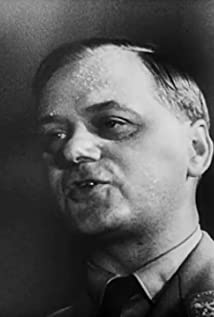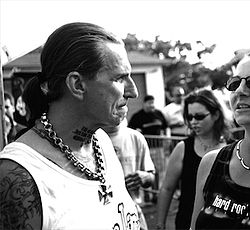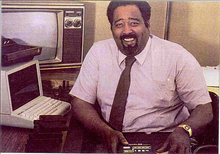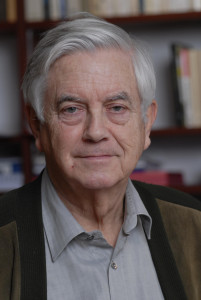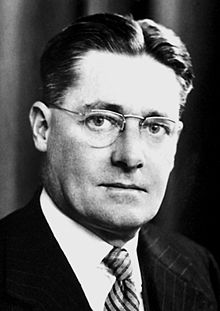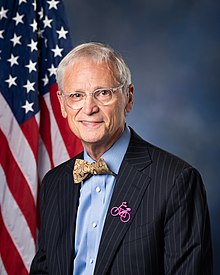Alfred Rosenberg
Popular As Alfred Ernst Rosenberg
Birthday January 12, 1893
Birth Sign Capricorn
Birthplace Reval, Governorate of Estonia, Russian Empire (present-day Tallinn, Estonia)
DEATH DATE 1946-10-16, Nuremberg Prison, Nuremberg, Bavaria, Allied-occupied Germany (53 years old)
Nationality Estonia
Height 6' 0¾" (1.85 m)
#8252 Most Popular


